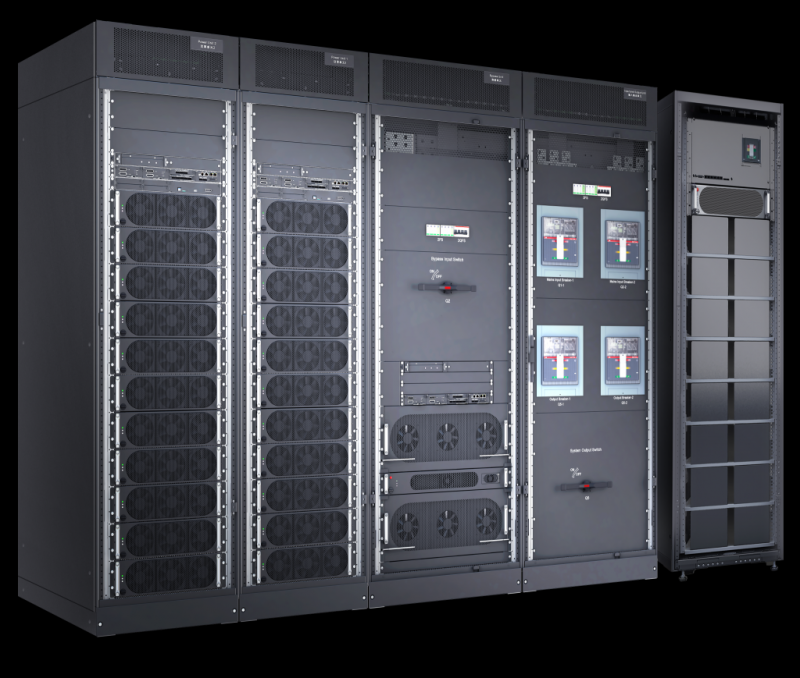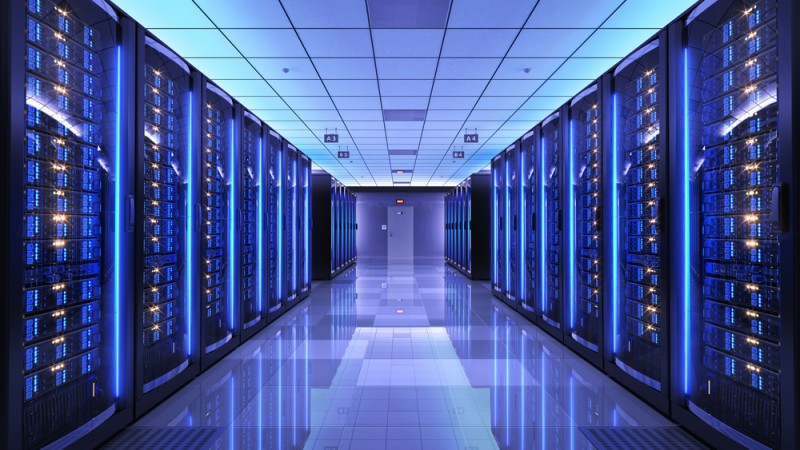Data center technologies and market requirements are
changing the basics of power supply, cooling technologies, and equipment room
space. Currently, lead-acid batteries are mainly used in data centers to
satisfy power supply requirements. But in the future, lithium batteries will become
an opportunity for growth. Why? Because the lithium battery and uninterruptible
power system (UPS) can build an energy storage system that works better with
the power grid and cuts power consumption costs.
Three Key Questions
We asked the He Bo, the President of the Huawei Data Center Energy Product Line three key questions about current trends, Huawei’s positioning, and safety.
Q1. Why is the lithium battery UPS coming to define power supply and distribution for data centers?
First, the lithium
battery greatly reduces your footprint. Data centers occupy a large area and in cities where
land is highly priced, like London, Singapore, and Hong Kong, storage batteries
that occupy large areas affect profits. From the perspective of ROI, reducing your
footprint is necessary.
Second, storage
batteries can be charged and discharged many times. This feature can produce economic
benefits through things like peak load-sharing with peak-valley electricity
prices.
Third, the coordinated
power supply mode works.
If the power grid has insufficient capability for loads during peak hours, lithium
batteries can perform coordinated power supply, which reduces initial mains investment.
Last but not least,
lithium batteries have a longer lifespan. Throughout their lifecycle, lithium batteries cost
less than storage batteries because they need to be replaced less frequently.
In the future, the price of lithium batteries will keep going down, while the
cost of lead-acid will keep increasing. Therefore, we’re very optimistic about
the application of lithium batteries.
Q2: How is Huawei responding to this trend?
To respond to market changes and customer requirements, Huawei launched the FusionPower series, which is a power supply and distribution solution for large data centers.
The input and output cabinets are integrated with the UPS to reduce power distribution complexity, saving 30% in overall footprint and 60% in installation time. The battery energy storage system supports lithium batteries. Our intelligent lithium battery system SmartLi has unique active current-sharing technology and supports the mixed use of old and new batteries. The circulating current of parallel lithium battery cabinets can be controlled to below 2%, significantly reducing CAPEX.

The all-in-one design integrates the input and output
cabinets and UPS, which reduces footprint, installation time, and O&M
workload.
Q3: How can we ensure the safety of lithium batteries?
First, Huawei uses the
most reliable lithium battery material—LFP—for
both communication base stations and data centers. This material is also more
stable than other materials.
Second, Huawei developed
a lithium battery system infused with Huawei’s intelligent battery management
system. Each lithium
battery module is managed by an intelligent management module to ensure
current-voltage balance. Lithium batteries can automatically adjust to the most
stable working state.
Third, Huawei uses
artificial intelligence (AI) and big data to evaluate and predict the status and health of
lithium batteries throughout the lifecycle to ensure safety. This is also the
focus of our future work.
These technologies are widely used in the Huawei
FusionPower series of our products. The lithium iron phosphate cell, battery
management system (BMS), cell-to-battery cabinet system, and parallel battery
cabinets ensure the reliability of lithium batteries, meeting the high
reliability requirements of data centers, especially in large data centers.
Based on its advantages in technology R&D platforms, Huawei has continuously innovated the way to intelligence. We have provided a new, intelligent, and green data center infrastructure solution based on the i3 technology, bringing more benefits to customers.
By integrating ICT, AI, power electronics, and heat management technologies across industries, we enable digitalization, networking, and intelligence.
Read more about Huawei’s i3 solutions in How Deploying AI in Data Centers Can Save You $ Millions.
Article Source: HuaWei
Disclaimer: Any views and/or opinions expressed in this post by individual authors or contributors are their personal views and/or opinions and do not necessarily reflect the views and/or opinions of Huawei Technologies.



